If you’ve worked with SQL for data analysis, you’ve probably used the SELECT DISTINCT keyword to remove duplicate rows. But at some point, you might come across another term — SELECT UNIQUE.
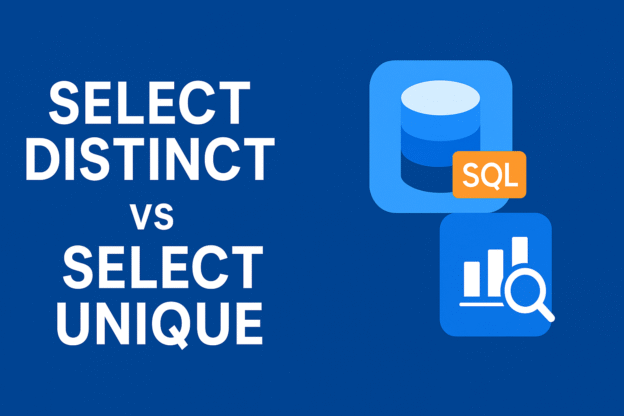


If you’ve worked with SQL for data analysis, you’ve probably used the SELECT DISTINCT keyword to remove duplicate rows. But at some point, you might come across another term — SELECT UNIQUE.
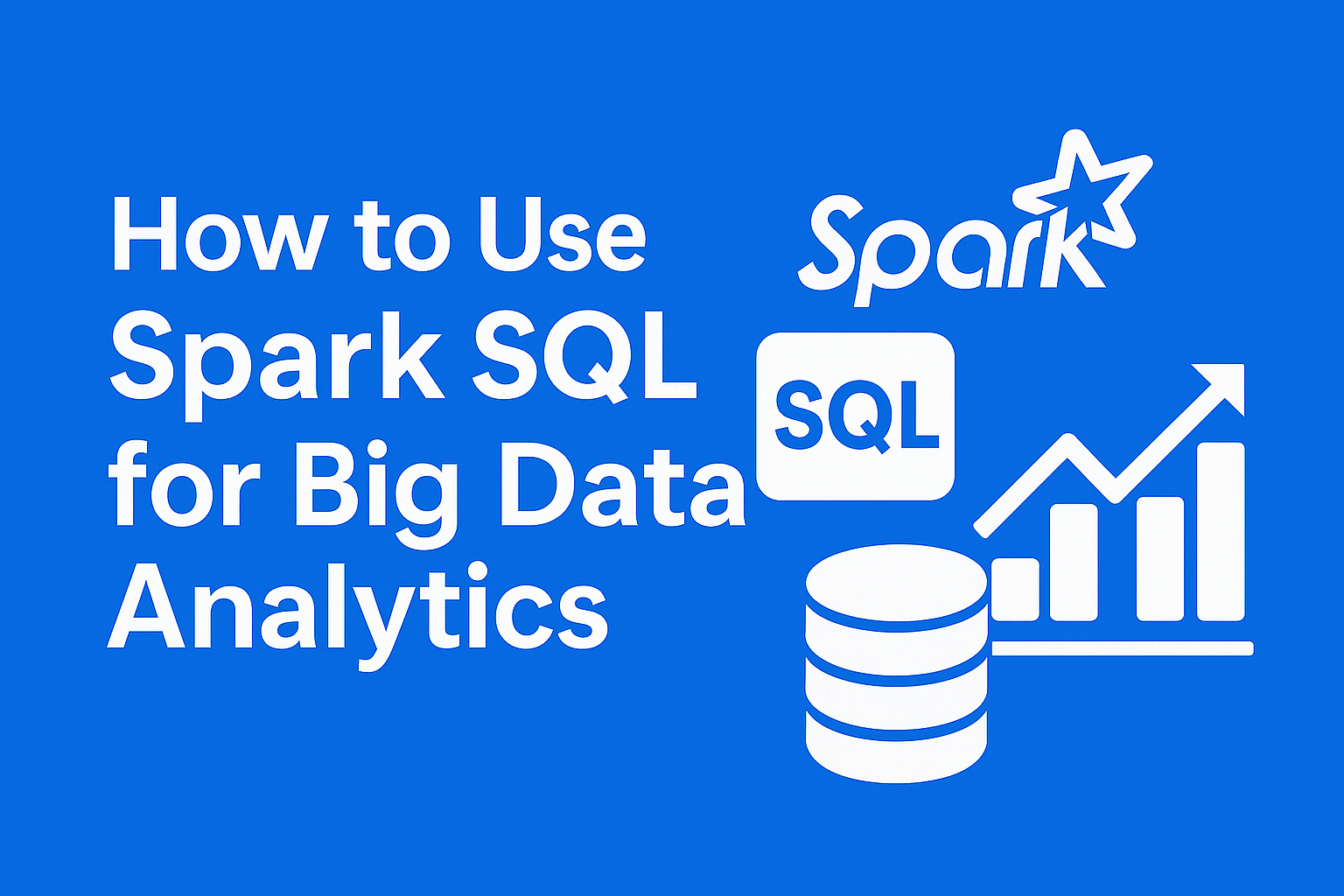
As data volumes continue to grow exponentially, traditional SQL engines often struggle to handle massive datasets efficiently. That’s where Apache Spark SQL comes in — a powerful module that combines the scalability of distributed computing with the simplicity of SQL syntax.
Continue reading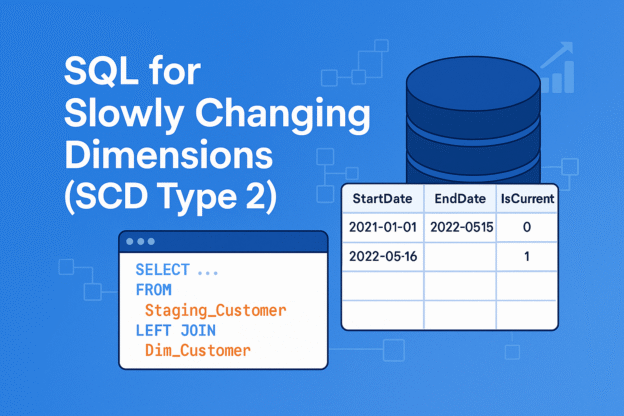
When building data warehouses, you’ll often face a classic challenge: how to track changes in dimension data over time. For example, what if a customer moves to a new city? Should you overwrite their old address or keep the historical record?
Continue reading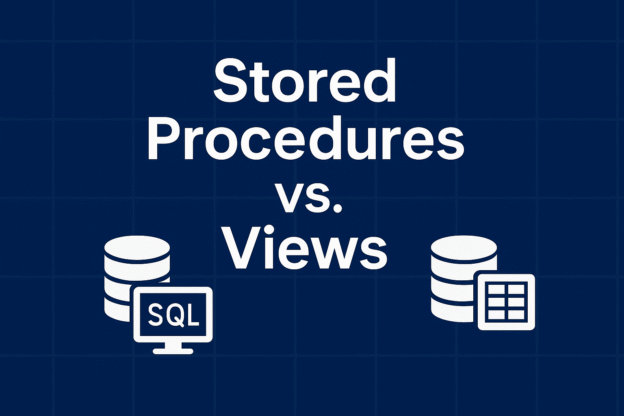
When working with databases, business analysts often come across two common objects: stored procedures and views. Both play a key role in querying and managing data, but they serve different purposes. Understanding their differences helps analysts write better queries, collaborate effectively with engineers, and choose the right tool for their reporting needs.
Continue reading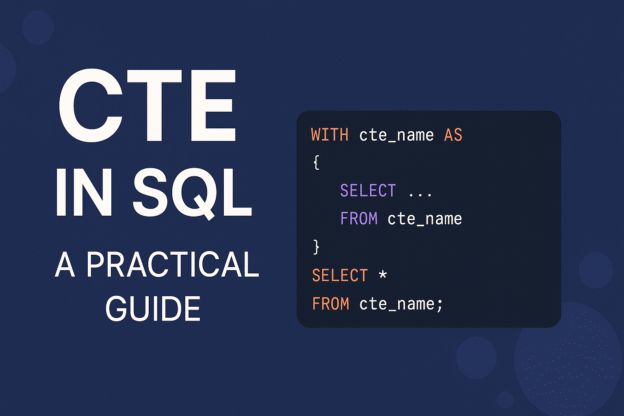
CTE (Common Table Expression) is a temporary result set defined within the execution scope of a single SELECT, INSERT, UPDATE, or DELETE statement.
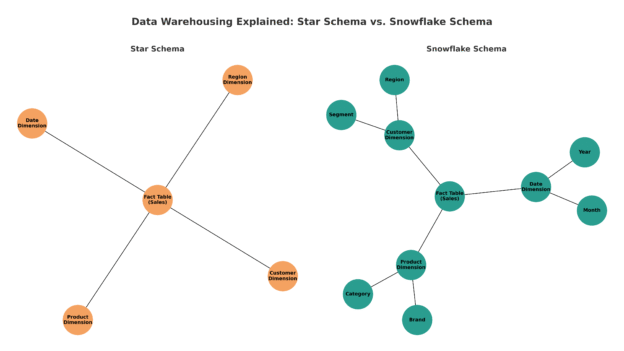
When you’re building a data warehouse, the way you model your data can make the difference between fast, intuitive analytics and a never-ending maze of joins. Two of the most common data modeling approaches are Star Schema and Snowflake Schema. Both serve the same purpose—structuring your data to support reporting and analysis—but they differ in design, performance, and usability.
Continue reading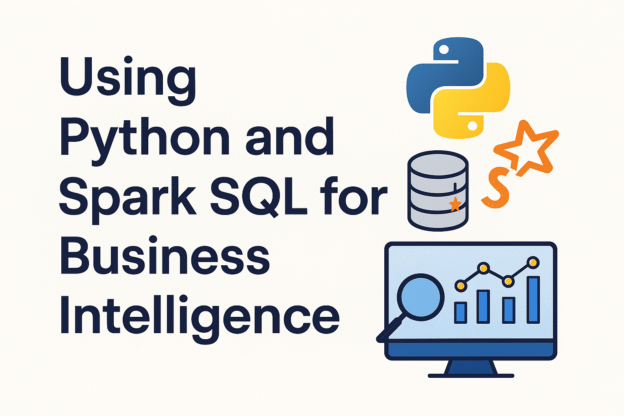
In Business Intelligence (BI), SQL is used to extract and manipulate data from databases, while Python adds flexibility for data processing, visualization, and automation. Combining both enables you to build powerful, automated BI pipelines and dashboards.
Continue reading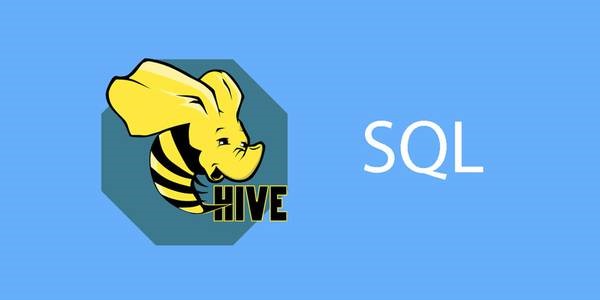
In the world of data processing, SQL is the lingua franca—but not all SQLs are created equal. If you’ve worked with big data tools like Apache Hive, you’ve probably noticed that Hive SQL isn’t exactly the same as traditional SQL used in relational databases like MySQL, PostgreSQL, or SQL Server.
Continue reading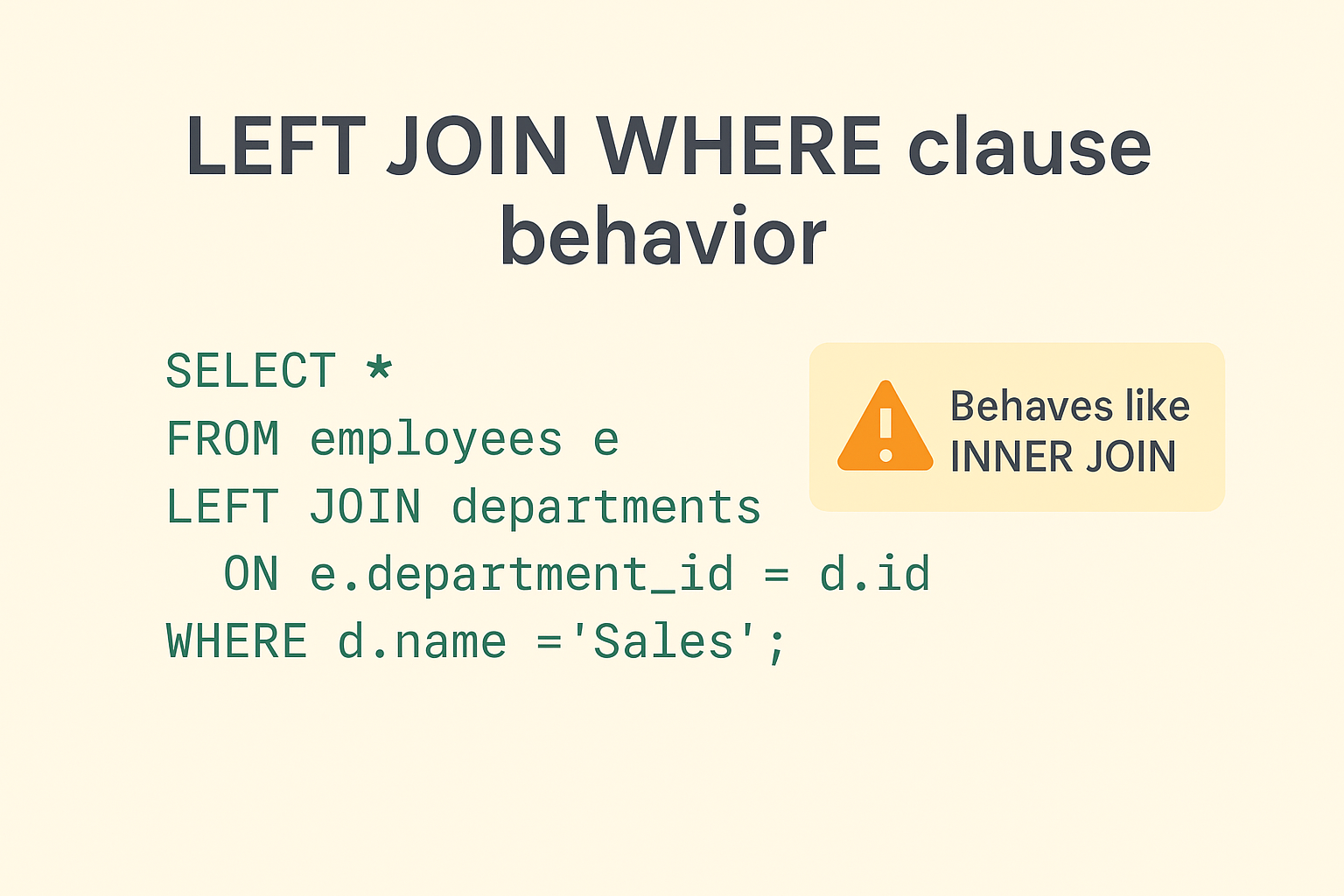
TL;DR:
If you’re using a LEFT JOIN but filtering on the right table in the WHERE clause, you might unintentionally turn it into an INNER JOIN. Here’s why that happens, how to fix it, and how different databases handle it.
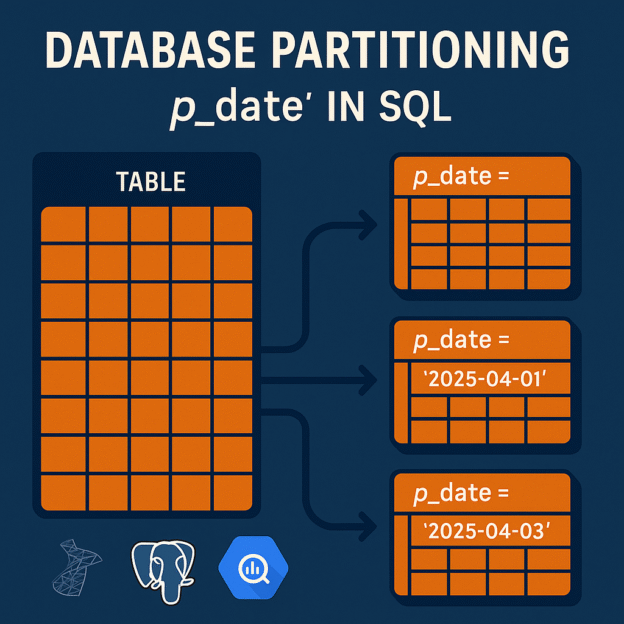
As data grows larger and more complex, optimizing for performance and scalability becomes essential. Partitioning is one of the most powerful strategies for managing big datasets efficiently. If you’ve come across a column like p_date in an SQL query, it often signals the use of table partitioning. But what does that mean, and how is it different from traditional databases?